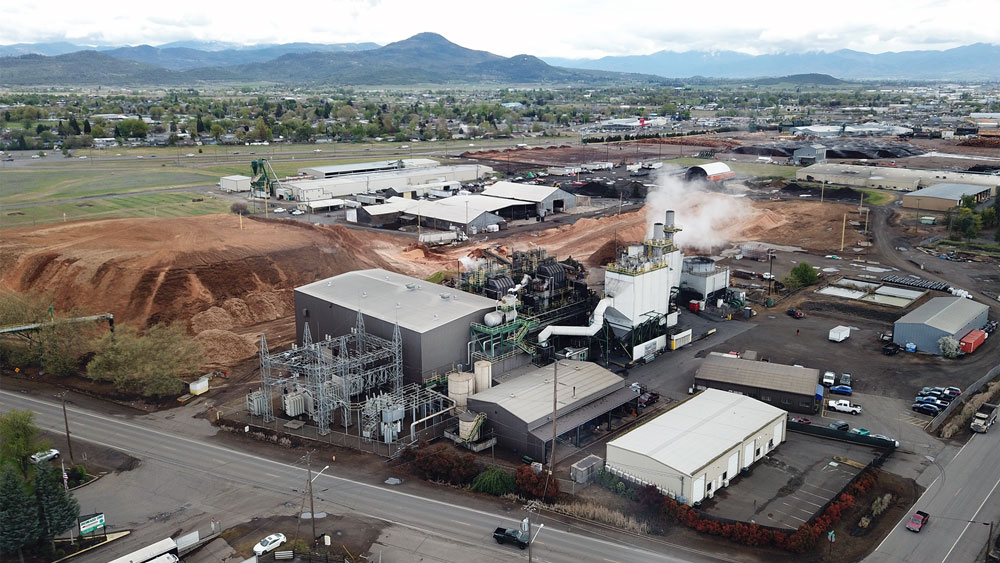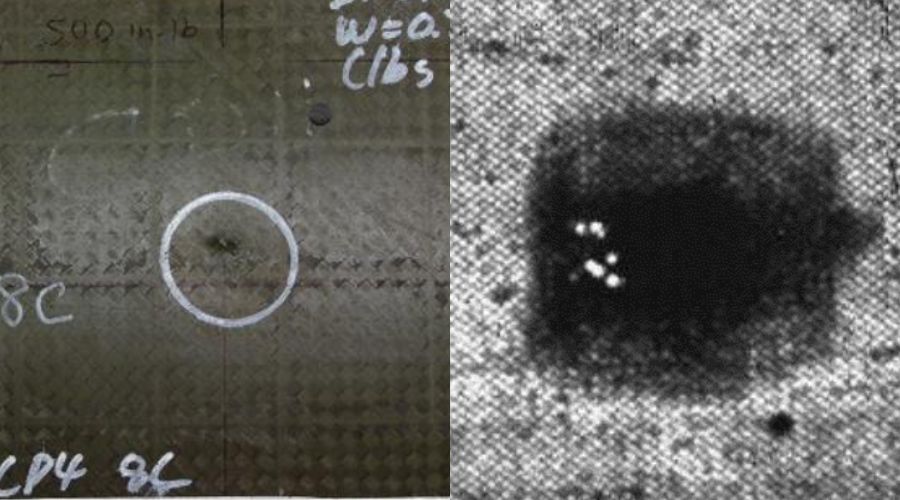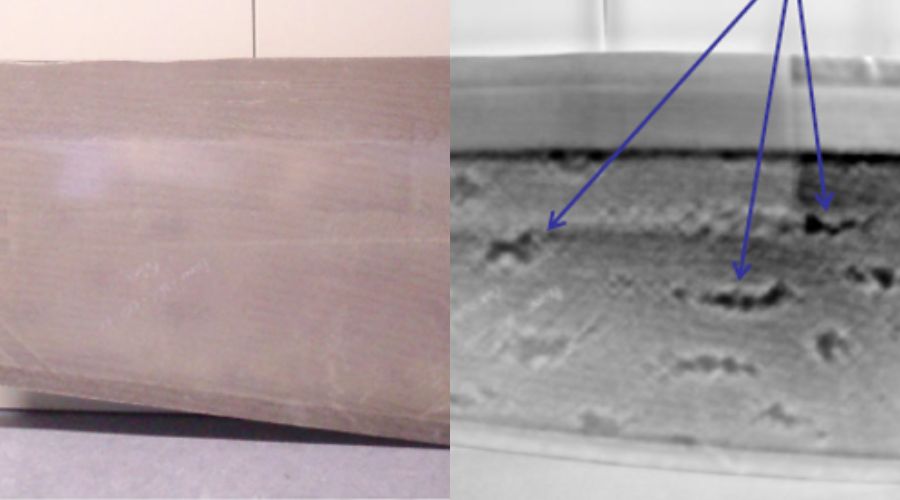
Inspecting Carbon Fiber Structures with Foam Cores
Carbon fiber structures with foam cores are widely used in various industries due to their lightweight and high-strength properties. However, ensuring the structural integrity of these composite materials is crucial, as voids and delaminations can compromise their performance and durability.
In this article, we explore the use of transient and flash thermography as effective non-destructive testing (NDT) techniques for detecting voids and delaminations in carbon fiber structures with foam cores. Additionally, we discuss the significance of foam cores and the problems associated with voids in these structures.
Foam Cores in Carbon Fiber Structures
Foam cores play a vital role in carbon fiber structures, serving as lightweight and insulating materials that provide structural support and enhance the mechanical properties of the composite. They are typically made of materials such as polyurethane or polystyrene and are sandwiched between carbon fiber composite layers. Foam cores offer strength, stiffness, and thermal stability while reducing weight, making them ideal for applications in aerospace, automotive, and marine industries.
Detecting Voids and Delaminations with Transient Thermography
Transient thermography, a dynamic infrared NDT technique, is effective in detecting voids and delaminations in carbon fiber structures with foam cores. The process involves the following steps:
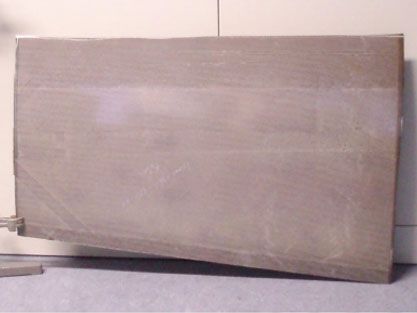
Heat Pulse Excitation
A controlled heat pulse is applied to the surface of the composite structure using a flash lamp or other heat source. The heat pulse generates a thermal response within the material, inducing changes in temperature and heat flow.
Thermal Imaging and Analysis
An infrared camera captures the surface temperature response during and after the heat pulse. Voids and delaminations within the foam core or between the foam core and carbon fiber layers disrupt the normal heat flow, resulting in distinct thermal patterns. Advanced image processing techniques and algorithms are utilized to analyze thermal images and identify areas with abnormal thermal signatures.
Void and Delamination Identification
Transient thermography enables the identification of voids and delaminations within carbon fiber structures. Voids appear as areas with reduced heat conductivity or localized temperature variations, while delaminations manifest as irregular heat dissipation or thermal gradients. The size, shape, and location of these thermal anomalies provide valuable information about the extent and severity of the defects.
Flash Thermography for Void and Delamination Detection
Flash thermography, another dynamic infrared NDT technique, can also be employed to detect voids and delaminations in carbon fiber structures with foam cores. The process is similar to transient thermography but involves the use of a shorter heat pulse. Flash thermography offers the advantage of rapid inspection, allowing for efficient scanning of large areas and detecting defects in real-time.
Significance of Void Detection in Carbon Fiber Structures
Voids in carbon fiber structures with foam cores pose significant problems for their performance and structural integrity. The presence of voids leads to several issues:
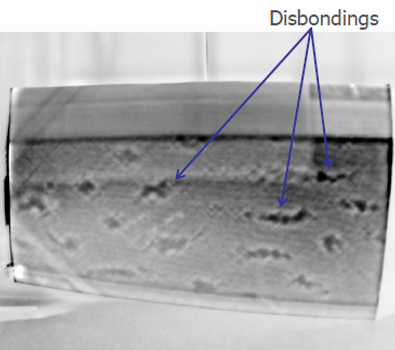
Reduced Mechanical Strength
Voids create areas of weakness within the structure, compromising its overall mechanical strength. They act as stress concentration points, leading to premature failure or reduced load-bearing capacity.
Impaired Load Transfer
Voids disrupt the efficient transfer of loads between the carbon fiber layers and the foam core, reducing the structural efficiency of the composite material. This can result in localized stress concentrations and uneven distribution of forces, further compromising the structural integrity.
Moisture Absorption and Degradation
Voids provide pathways for moisture infiltration, leading to the absorption of water and subsequent degradation of the foam core material. Moisture-induced damage can weaken the composite structure and promote corrosion of metal components, further exacerbating structural issues.
Conclusion
Transient and flash thermography offer effective means of detecting voids and delaminations in carbon fiber structures with foam cores. By analyzing thermal responses generated by controlled heat pulses, these non-destructive testing techniques allow for the identification and evaluation of defects. Voids in carbon fiber structures pose significant problems, including reduced mechanical strength, impaired load transfer, and moisture-related degradation. Detecting and addressing voids and delaminations early is essential to ensure the structural integrity and performance of carbon fiber structures with foam cores in various industries.
About MoviTHERM:
MoviTHERM – Advanced Thermography solutions was founded in 1999. The company offers solutions for plastic welding, package sealing, and non-destructive testing. In addition, MoviTHERM provides IoT Cloud monitoring solutions for thermal imaging applications for early fire detection, machine condition monitoring, and other applications. MoviTHERM is a Teledyne FLIR Premium Partner and master distributor for FLIR Thermal Cameras for automation and science applications.




